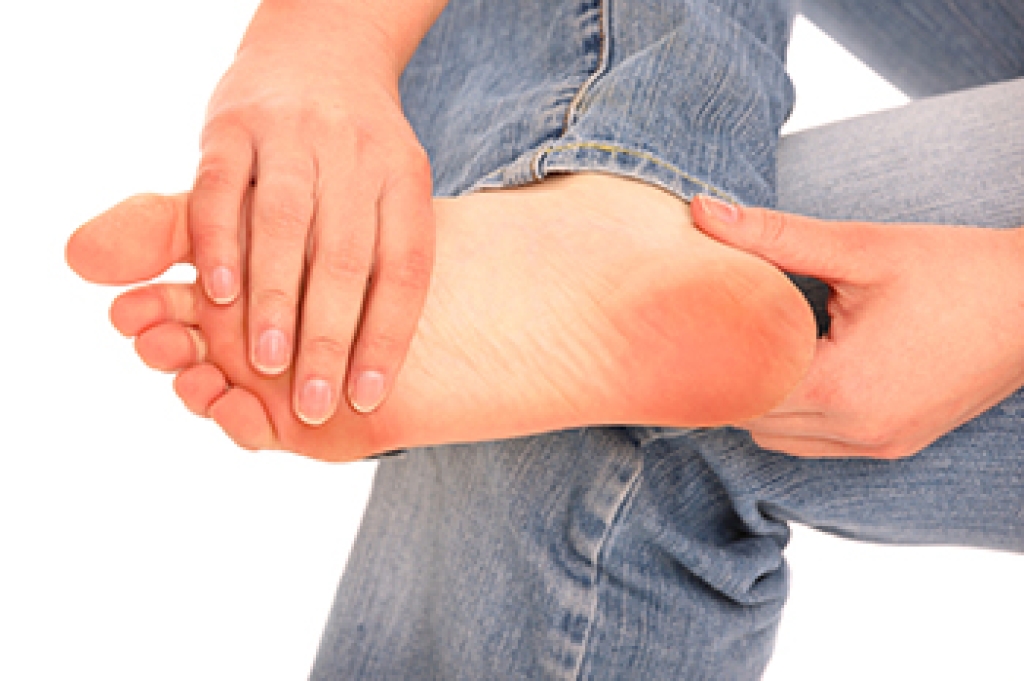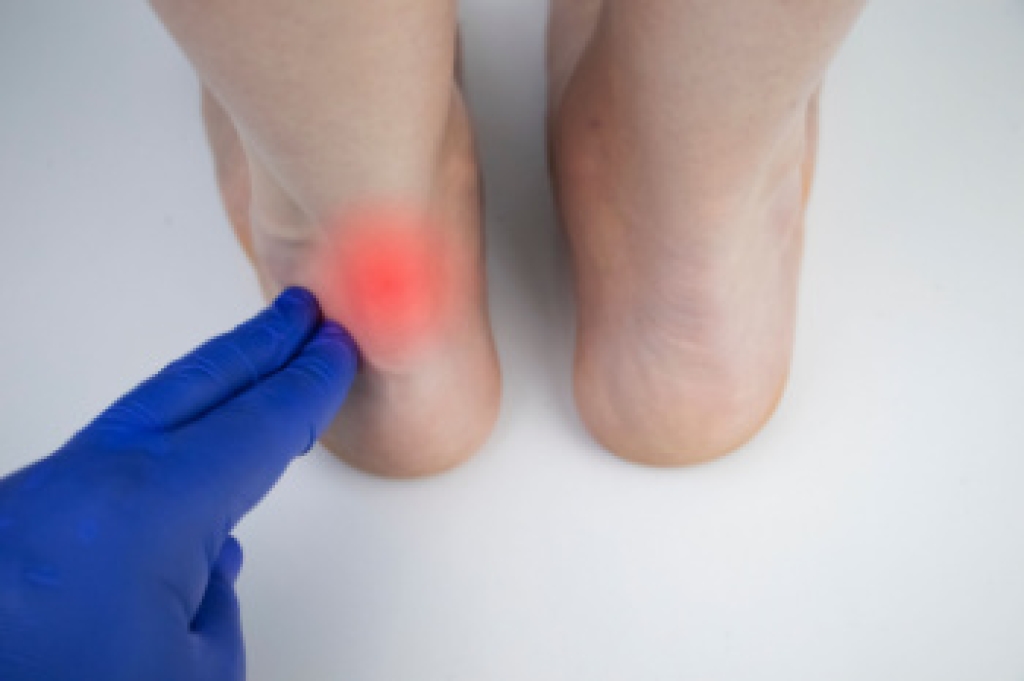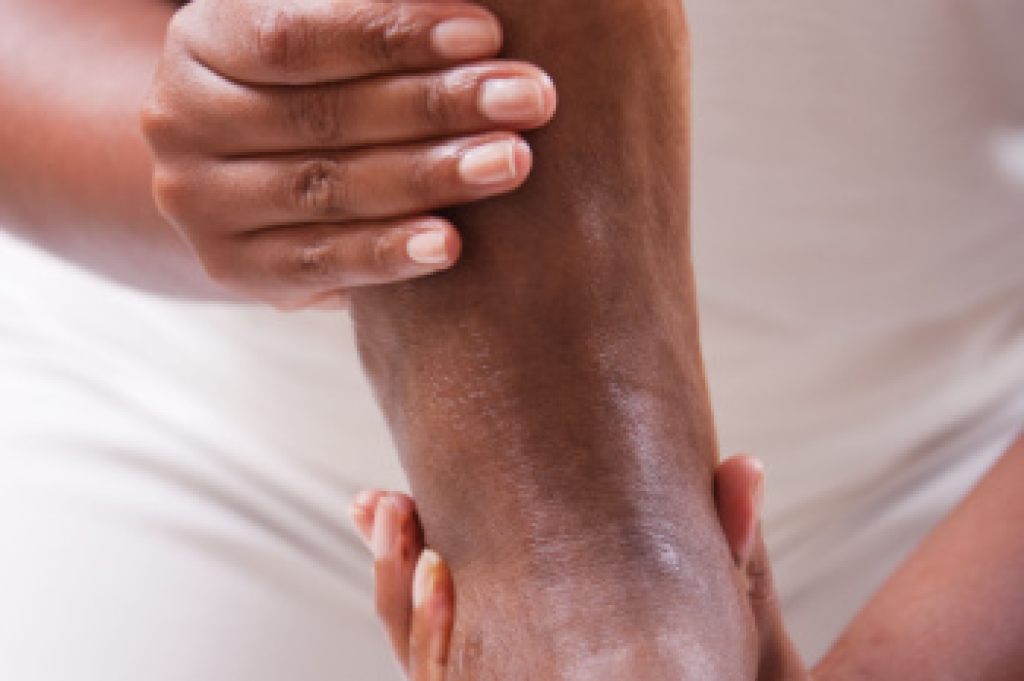
Joint pain in the feet can arise because each foot contains 33 joints that absorb force with every step, from the ankle to the small joints in the toes. Stress from injury, structural changes, or repeated loading can irritate joint surfaces and surrounding tissue. Inflammation plays a role when arthritis develops, while noninflammatory causes include joint strain, alignment problems, or pressure from shoes that lack adequate support or frequent use of flip-flops. Cartilage thinning can allow bones to rub, leading to stiffness and reduced motion. Pain can also stem from bunions or capsulitis in the ball of the foot. A podiatrist can assess movement, identify the source of pain, and discuss surgery when needed. If you have foot joint pain, it is suggested that you make an appointment with a podiatrist for a diagnosis and options for treatment.
Foot Pain
Foot pain can be extremely painful and debilitating. If you have a foot pain, consult with one of our podiatrists from Houston Foot and Ankle. Our doctors will assess your condition and provide you with quality foot and ankle treatment.
Causes
Foot pain is a very broad condition that could be caused by one or more ailments. The most common include:
- Bunions
- Hammertoes
- Plantar Fasciitis
- Bone Spurs
- Corns
- Tarsal Tunnel Syndrome
- Ingrown Toenails
- Arthritis (such as Gout, Rheumatoid, and Osteoarthritis)
- Flat Feet
- Injury (from stress fractures, broken toe, foot, ankle, Achilles tendon ruptures, and sprains)
- And more
Diagnosis
To figure out the cause of foot pain, podiatrists utilize several different methods. This can range from simple visual inspections and sensation tests to X-rays and MRI scans. Prior medical history, family medical history, and any recent physical traumatic events will all be taken into consideration for a proper diagnosis.
Treatment
Treatment depends upon the cause of the foot pain. Whether it is resting, staying off the foot, or having surgery; podiatrists have a number of treatment options available for foot pain.
If you have any questions, please feel free to contact our offices located in Kingwood, Humble, The Woodlands, and Conroe, TX . We offer the newest diagnostic and treatment technologies for all your foot care needs.




